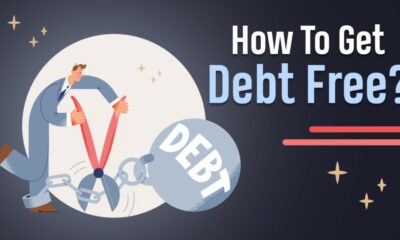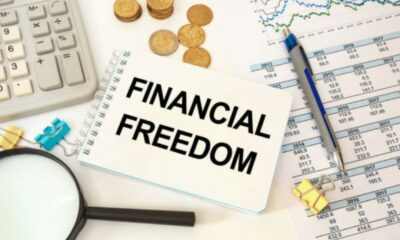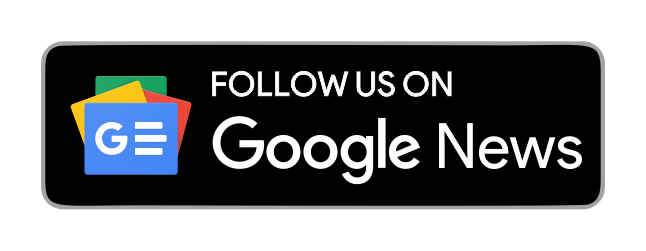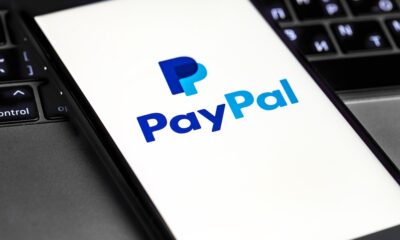Startup
Navigating Debt: Strategies for Reaching Financial Freedom

Debt is overwhelming at times, and getting to freedom can seem unreachable. However, discipline and the correct approaches can take control of the situation and steer one toward achieving stable freedom once more. All one needs is knowledge of the effective management of debt, the diminishment of monetary tension, and the construction of a firm foundation to walk into tomorrow. This five-prong approach offers practical remedies for navigating the plight of debt and walking down the path toward economic freedom.
1. Develop a Detailed Budget
One of the best ways to begin solving debt is by setting a realistic and clear budget. A well-formulated budget enables the monitoring of income, expenses, and savings targets. Start by making a list of all monthly expenses, including fixed expenses (e.g., mortgage or rent, utilities) and variable expenses (e.g., entertainment, groceries). After listing expenses, compare them with your monthly income. This will paint a clearer picture of where you can make adjustments. By knowing areas to rein in, you can put more money toward paying off debt. Monitoring your spending ensures each dollar is spent intentionally, and it helps you on a steady trajectory to financial freedom.
2. Pay Off High-Interest Debt First
When paying off debt, it’s necessary to know which balances to address first. High-interest debts, like the balances on credit cards, are to be resolved first, before lower-interest loans like car or student loans. The reason to do so is straightforward: high-interest debt pays out faster and can spin very quickly out of control. If you prioritize eliminating the highest interest balances first, you lower overall interest paid long-term. With these debts cleared, whatever surplus can then go towards paying down other debts. This process, referred to as the avalanche process, is perhaps the most effective debt reduction strategy.
3. Look into Debt Consolidation
For individuals who have multiple debts, debt consolidation can be an effective solution. Consolidating entails taking different high-interest debts and rolling them over into one loan with a lower interest rate. This method streamlines the payment process by limiting the number of creditors one must make monthly payments to, which can help to lift the burden of dealing with many bills. Consolidation can also reduce monthly payments, which can make it easier to avoid falling behind. If you are not sure what to do, meeting with a financial advisor in Scottsdale or your area gives you professional insight into whether consolidation is best for you.
4. Create an Emergency Fund
Although saving appears to be a counterintuitive option when it comes to getting out of debt, creating an emergency fund is a crucial investment for long-term financial well-being. Maintaining a buffer fund for surprise costs helps avoid continuous dependence on loans or credit cards. An emergency fund ranging from $500 to $1,000 may help give enough financial room in case of surprise costs like repairs for a vehicle or hospital visits. With this buffer in place, there is less temptation to accumulate more debt during stressful situations. Gradually growing this fund while paying down debt can bring peace of mind and greater control over your finances.
5. Stay Committed and Avoid New Debt
Remaining committed to a debt repayment plan requires discipline and perseverance. It’s easy to get discouraged when progress seems slow, but small, consistent payments add up over time. Another secret to success is not accumulating new debt. Refrain from the temptation to utilize credit cards or loans for discretionary spending. Every new debt incurred pushes progress further back and extends the time to financial independence. By following a plan, not acquiring new debt, and rewarding small victories along the way, the road to financial independence becomes much more manageable.
Conclusion
Debt can be a difficult path to travel, but with proper planning, it is achievable to become debt-free. By making a budget, paying off high-interest debts first, exploring debt consolidation, saving an emergency fund, and remaining dedicated to the process, financial freedom is achievable. Although the journey to debt freedom can take time and dedication, the reward—both financially and emotionally—is well worth the effort. With these plans in place, it is feasible to take command of your money in the future and lead a debt-stress-free life.
-
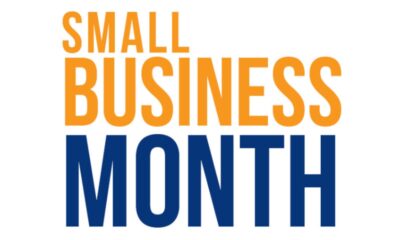
 Startup6 days ago
Startup6 days agoSmall Business Month Encourages Entrepreneurs to Take Stock and Scale Up with Actionable Marketing Strategies
-

 Business4 weeks ago
Business4 weeks agoPrakash and Kamal Hinduja: Driving Social and Environmental Change
-

 Health4 weeks ago
Health4 weeks agoThe Hinduja Brothers Commitment to Global Health: Empowering Communities Across Borders
-

 Health3 weeks ago
Health3 weeks agoSt. John’s Community Health Examines Innovations in Pharmacy Access
-

 Startup3 weeks ago
Startup3 weeks agoCost-Saving Strategies Every Small Business Owner Should Know to Boost Efficiency
-

 Startup4 weeks ago
Startup4 weeks agoMatthew Denegre on the Art of Deal Sourcing: Finding the Right Investment Opportunities
-

 Tech4 weeks ago
Tech4 weeks agoZoom Launches AI-Powered Zoom Tasks, A Smart New Tool for Task and Project Management
-

 Business2 weeks ago
Business2 weeks agoSoheil Moarefi Bridges Iran and Africa in a New Era of Trade and Innovation





